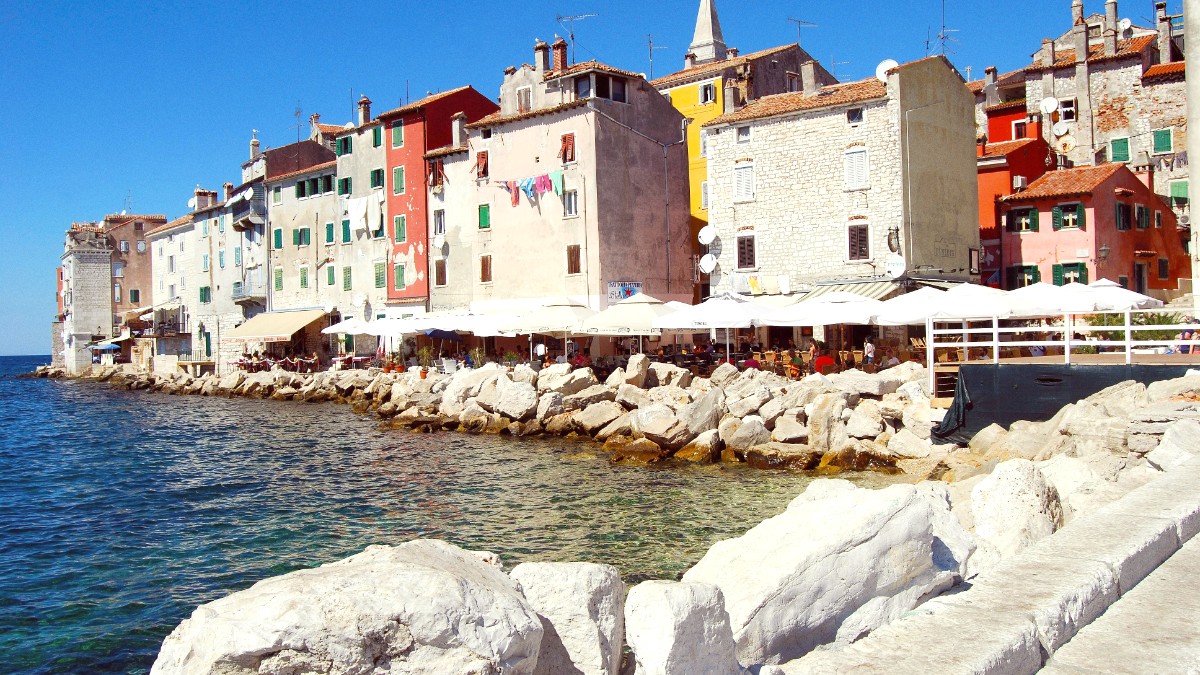
Istria, Croatia
Climate patterns vary across the year, influencing the overall travel experience.
Spring (April-May): Temperatures typically range from 15°C to 20°C (59°F to 68°F). Precipitation is moderate, and humidity remains mild. Days lengthen and warm, bringing the landscape to life. The sea starts to warm, but some find it too cool for swimming.
Consider seasonal factors for an optimal experience.
High Season (July-August): Warmest weather, ideal for swimming and sunbathing. Numerous events and festivals occur. Crowded, leading to higher prices. Hot temperatures pose discomfort for some. Parking presents difficulty. Shoulder Season (May-June, September-October): Pleasant temperatures for sightseeing and outdoor activities. Fewer crowds than high season, resulting in lower accommodation prices. The sea remains warm enough for swimming, especially in June and September. Most services operate. Early May or late October might bring cooler evenings or occasional rain. Some smaller businesses might have limited hours in late October. Low Season (November-April): Very few tourists, offering a peaceful and authentic local experience. Accommodation prices are significantly lower. Many tourist businesses close. Weather is cooler and wetter, and daylight hours are shorter.
June to September conditions.
Warmest sea temperatures and abundant sunshine.
Peak crowds and highest prices.
April, May, September, and October temperatures.
Comfortable weather, less intense sun.
Occasional rain, some services scaling down in late October.
Autumn (September-November) for truffle hunting.
Pleasant for exploring the town and capturing its beauty.
Fewer tourists, but some closures in low season.
The official currency of Croatia is the Euro (€), introduced on January 1, 2023. ATMs are widely available. Credit cards (Visa, Mastercard, Maestro) accept most hotels, restaurants, and larger shops. Carry some cash for smaller purchases or local markets. Notify your bank of travel plans.
Tipping is customary but not obligatory. For good service, rounding up the bill or leaving 5-10% in restaurants. For exceptional service, 15% is common. In cafes and bars, round up to the nearest Euro or leave small change. For hotel porters, €1-€2 per bag.
Purchase fresh produce and local delights, saving on restaurant costs.
Eat at traditional taverns or pizzerias for affordable meals.
Rovinj's Old Town is pedestrian-friendly, saving transport costs.
Prepare some meals to lower food expenses.
Visit during May, June, or September for lower accommodation prices.
Croatia is part of the Schengen Area, influencing visa needs for many travelers.
Schengen Visa (Type C - Short Stay): Citizens from certain non-EU/EEA countries need this visa for stays up to 90 days within any 180-day period. Apply at the Croatian embassy in your country of residence well before travel.
Gather these documents for smooth entry into Croatia.
Access services quickly if needed.
numbers for assistance within Croatia.
While not typically needed for entry, having vaccination records and relevant health documentation (existing medical conditions, allergies) supports your personal medical history or if medical care is needed.
Keep copies of all important bookings – accommodation, flights, tours, and car rentals. Store them in different locations (physical folder, email, cloud storage) to prevent issues if your phone or internet access is lost.
Ensure it extends three months beyond your departure.
Confirm requirements for your nationality.
Verify your policy details and emergency contacts.
Inform your bank of travel plans to avoid card issues.
Store digital copies in the cloud or email.